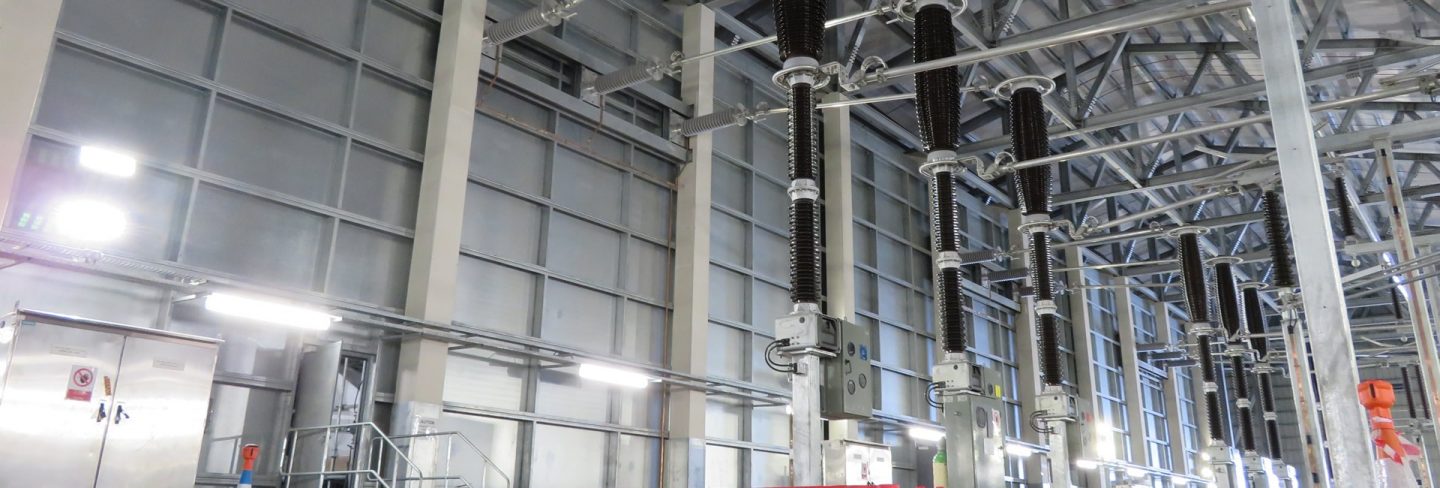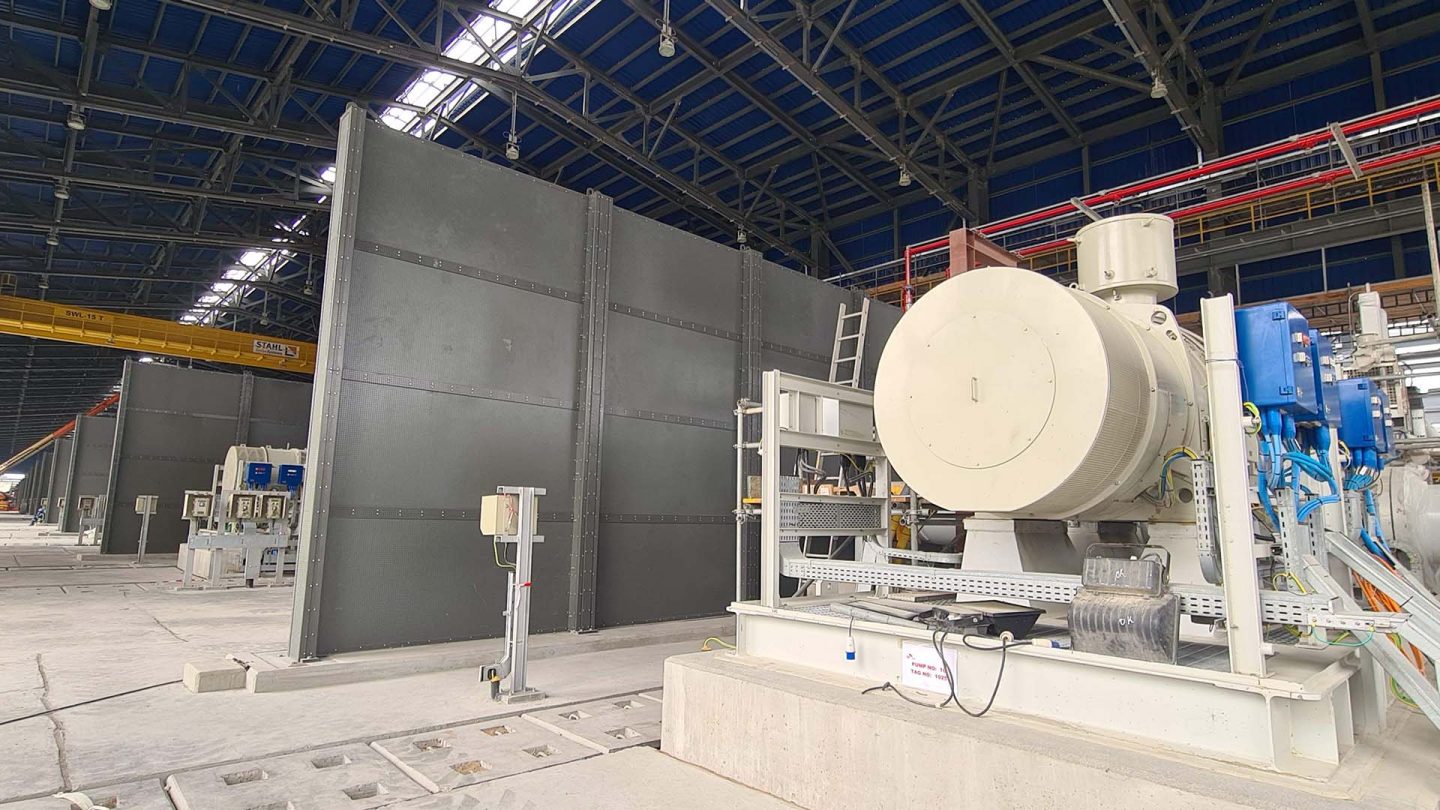For your information
You are being redirected to one of our divisional subsites which contains more detailed information on the required division. To navigate back to the main Invicta Group site, please click the link found in the footer at the bottom of the page.
- Durasteel
Discover the benefits of Durasteel
- Systems
Systems
- Expertise
Expertise
-
Applications
- Aircraft Hangar Fire Protection
- Battery Storage Facilities
- Building Fire Compartmentation
- Anti-Terrorist Blast Protection
- Cable Tunnel Fire Compartmentation
- Equipment Delivery Hatches
- Equipment Enclosures
- Heat Shields
- Power Station Fire Protection
- Metro and Rail Fire Protection
- High Voltage Cable Protection
- Substation Fire & Blast Protection
- Tunnel Fire Protection
- Oil & Gas Fire & Blast Protection
- Ventilation Systems
- Wind Farm Fire Protection
-
Applications
- Projects
- Insights
Insights
-
Articles
- The benefits of passive fire protection for businesses
- What BS 9991 changes mean for building fire safety
- Does the rise in electric vehicle fires pose a risk to buildings?
- What Boeing’s downfall says about safety culture
- Does AI pose a threat to fire safety?
- What we can learn from the Grenfell report
- Frequently Asked Questions
- A to Z of Terms
-
Articles
- Contact
Contact

UK +44 1843 220 256

US +1 305 328 9444

UAE +971 4 277 6225

Qatar +974 4441 4340

India +91 79945 14049

Malaysia +60 16 286 6225
- Start your project
What lessons can be learned from the Notre-Dame fire?
7th October 2019
Quick Quote
Contact Fraser Shearer Sarun Vysakham Ben Tan Anand Raghavan Anand Raghavan Our USA Office
To get a quotation or arrange a free site survey - Call Fraser Shearer Sarun Vysakham Ben Tan Anand Raghavan Anand Raghavan Our USA Office on
-
 UK
UK
-
 UAE
UAE
-
 Malaysia
Malaysia
-
 India
India
-
 Qatar
Qatar
-
 USA
USA
Current location:
Quick Quote
Contact Fraser Shearer Sarun Vysakham Ben Tan Anand Raghavan Anand Raghavan Our USA Office
-
 UK
UK
-
 UAE
UAE
-
 Malaysia
Malaysia
-
 India
India
-
 Qatar
Qatar
-
 USA
USA
Current location:
There have been numerous fires at major landmarks in recent years – the Brazilian National Museum, the Mackintosh Building in Glasgow – but none have had the profound impact of the recent fire at Notre-Dame Cathedral. The destruction of the building’s roof and spire sent a plume of smoke that drifted across the capital, and cast a shadow over culture lovers worldwide.
The work of the Paris Fire Department ensured that the building can still be saved, and yet the damage was extensive, in spite of extensive training and preparation to prevent this exact scenario. Given that more attention was given to fire prevention at Notre-Dame than almost anywhere else, must we simply accept that some structures are always at a high risk — or was there potentially more that could have been done to save it?
The nature of Notre-Dame
As with any old landmark, the risk of a fire occurring at Notre-Dame was well-known, and every effort had been made to prevent it. Such medieval cathedrals were built for scale and grandiosity rather than safety, and used materials which, while sturdy, were hardly fire resistant. While some countries such as the UK have chosen to modify these structures for fire protection, others have been resistant, citing the need to preserve them in their original form.
A feature of Notre-Dame common to many cathedrals was its timber roof and attic, which sat above the stone vaulted ceiling in the centre of the structure, and supported the stone arches on each side. These huge timber trusses, each made out of an entire ancient tree, were tinder-dry and highly prone to combustion. Above these sat the iconic spire, which was also made out of wood and covered with lead.
Officials at Notre-Dame had long refused to install any electrical wiring in the attic space, such as would supply a traditional alarm and sprinkler system, as they feared it would compound the risk of an electrical fire. They had also opted against fire walls to halt the progress of a fire, a feature which is mandatory in similar buildings in the UK. However, a comprehensive fire protection overhaul was undertaken between 2000 and the present day.
An evacuation and response programme was implemented; a range of sensors were installed around the building; a fire marshall was stationed on the property at all times; inspections of the attic and alarm system were made three times a day; and drills were regularly undertaken with the fire service, ensuring that firefighters knew the layout of the property, the locations of artefacts, and understood the dynamics that would drive a fire.
How it happened
Investigations are still ongoing into the cause of the fire, and so everything herein is based on speculation. The way the fire started and spread however can tell us a lot, and the early indications from investigators and eyewitnesses paint a compelling picture. All of the evidence so far points to an accidental blaze, most likely caused by renovations work in the cathedral.
With the fire starting in the upper part of the structure – the dense, beamed attic known as ‘the forest’ – there is no reason to believe that the fire was a result of arson. Initial theories suggest that the blaze may have resulted from a construction lift, or other tool left behind by workers, who had clocked off an hour earlier. What is certain is that an alarm sounded at around 6:20pm, just as the cathedral was hosting its evening mass.
An evacuation was ordered straight away, with tourists leaving but the participants in the mass remaining. Believing the alarm had come from the vestry, the guard on duty – three days into his role – took a roughly six-minute journey up the stairs, but did not see any sign of a blaze, and so left. Some twenty minutes later, a second alarm sounded in the nave, a higher area on the opposite side of the building.
All guests were subsequently evacuated while the guard visited this area. Finding the fire already raging, he went back to sound the alarm, and firefighters were finally summoned at 6:51pm. Delayed by rush hour traffic, they still managed to arrive around ten minutes later – but some 40 minutes after the fire likely started. By this point, the heavy timber beams in the attic had ignited, and were by all accounts impossible to put out.
What went wrong?
This account of events tells us a few things. First, a gamble was clearly taken with fire protection within critical elements of the structure, albeit one that sat within French fire laws. Second, the contingencies that were intended to offset this gamble failed to some extent, with the alarms not being sufficient (guards had previously reported malfunctions in the system, which may have undermined the response). Third, training for personnel may not have been sufficient, although the fire service were clearly well drilled and prepared for such a fire.
For all the money that was spent on renovations – and all the money that has subsequently been pledged – Notre-Dame was clearly not swimming in cash. Reports suggest that cutbacks had led to only one guard being on duty at the time of the fire, and his training was evidently such that there was not a sufficient familiarity with the structure to know where the alarm was coming from. This was the crux of the delayed response, if not the spread of the fire itself. Some have also questioned why firefighters were not permanently on site, as they are at landmarks such as the Palace of Versailles and the Louvre.
The initial response to the fire was incredulity, particularly at how quickly the fire seemed to have spread, as the timber beams in the roof were thought to be slow-burning. Combined with the cathedral’s fire safety advisor having left in 2013 – after most of the protections were added – it seems that there may have been a sense of complacency around the risk of fire, particularly in light of the risk posed by renovations. Given that new fire risks from their tools and electronics were going to be added to the site, it remains open to question how much these were accommodated for, and whether a proper risk assessment and provisions were undertaken.
Moving forward
Again, it’s too early to make definitive statements about what went wrong at Notre-Dame, and who might have been to blame. The evidence suggests that the fire was accidental, and authorities at the Cathedral and city level had taken precautions to prevent a fire. More than anything, what the fire at Notre-Dame highlights is the vulnerability of these old structures, and how vigilant we need to be in protecting them, particularly when they have not been modified to match our modern fire standards.
Part of this is a question of funding, and we may have to look at ourselves as to what we are willing to sacrifice to maintain such buildings. Notre-Dame is an iconic structure, but it’s one of hundreds of similar cathedrals and other landmarks from that era which has similar, critical flaws in its design. Many of these receive little to no government funding, relying on income from tourism, donations and lottery funding. The need to maintain revenues can be a negative, too, as work may be delayed in order that the landmarks stay open to tourists.
Whatever the cause, the fire is also a reminder of the sensitivities of such work, and the responsibility on everyone involved – from the leaseholder to contractors to individual employees – to follow rules and regulations to the letter. From dust not being properly extracted and creating a fire hazard, to tools carelessly placed, to equipment left running, the smallest lapse in memory or concentration can snowball into a deadly and destructive fire. Oversight and failsafes are crucial, but so is individual responsibility – whether it’s a world-renowned landmark or a local build.
Accreditations & Affiliations











SpecUp - System Specification Wizard
Answer the 5 short questions below to receive your recommended Durasteel system specifications. Hover over the ? icons for a brief explanation.
Question 1/5
Type of system required?
Question 2/5
Fire rating required?
Question 3/5
Fire integrity-only or integrity and insulation?
Question 4/5
Fire attack risk from one side or both sides of the system?
Question 5/5
Blast rating required in addition to fire rating?
Creating your results page
Thanks for completing the SpecUp, you’ll be redirected to your results shortly.
Click here if you aren't redirected after a few secondsStart your project
Tell us about your project. Please complete this form. One of our sales team will come back to you with more details. If you prefer, you can drop us an email.




Share/Like this page